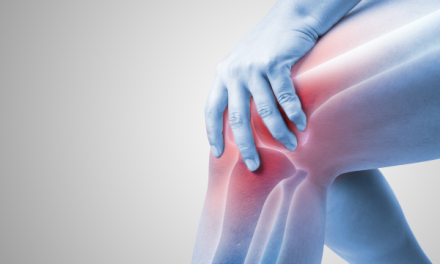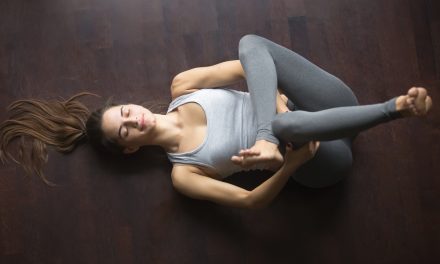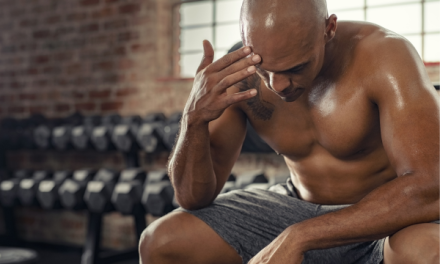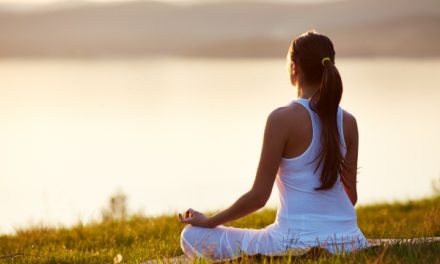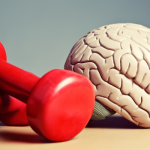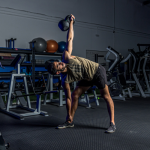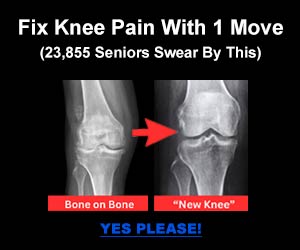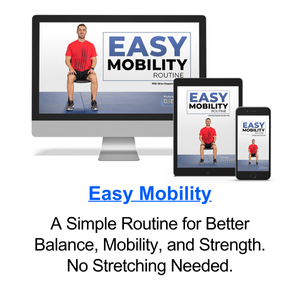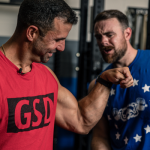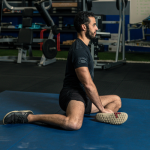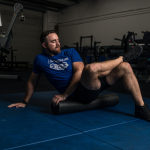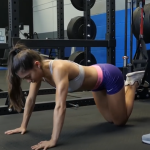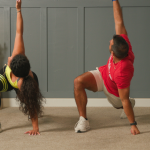One of the most common questions that we get is whether static stretching is outdated and less beneficial than dynamic stretching.
The short answer is, “No.”
But there are some key differences between the two that might mean one is better for your personal situation.
Static stretching involves holding a stretch for a prolonged period to improve flexibility and relaxation.
In contrast, dynamic stretching uses active movements to replicate exercise activities.
Despite misconceptions that static stretching is inferior to dynamic stretching, each has its own unique benefits.
Put simply: Your choice should be based on specific goals and workout scenarios.
Let’s explore how both stretching techniques can contribute to a fast, fun, and effective fitness routine.

Understanding Static Stretching
Static stretching involves gently lengthening a muscle to its full extension and maintaining that position for a duration that typically spans from 15 to 60 seconds.
This stretching technique is often practiced after workouts, during cool-down routines, or as part of flexibility training.
The primary goal is to increase flexibility and improve the muscle’s ability to lengthen over time.
Static Stretching Examples
Here are some of the most popular examples of static stretches:
Touching Toes: With straight legs, bend at the hips and reach towards your toes to stretch the hamstrings and lower back.
Hamstring Stretch: Sit on the floor with one leg extended straight and the other bent inward. Reach for your toes to stretch the hamstrings of the extended leg.
Calf Stretch: Stand and place one foot forward with a bent knee while keeping the back leg straight and pressing the heel down to stretch the calf muscles.
Quadriceps Stretch: Stand on one leg while holding the opposite foot behind you to stretch the front thigh.
Static Stretching Benefits
There are several reasons that people choose to engage in static stretching on a daily basis:
Improved Flexibility: By holding the stretch, muscle fibers elongate over time, leading to greater range of motion and flexibility. [8]
Improved Posture: Stretching tight muscles that contribute to poor posture, like the chest, shoulders, and hip flexors, can help align your spine and promote better body positioning. [9]
Relaxation and Stress Relief: The gentle hold allows the body to relax, which can help relieve physical tension, calm the mind, and reduce stress.

Understanding Dynamic Stretching
Dynamic stretching involves actively moving muscles and joints through a full range of motion, often replicating movements from the activity or sport to come.
Unlike static stretching, which relies on holding a single position, dynamic stretching incorporates continuous movements that engage and warm up the muscles.
Dynamic Stretching Examples
Here are some examples of dynamic stretching exercises:
Leg Swings: Stand on one leg while swinging the other forward and back or side-to-side to stretch the hip flexors and hamstrings.
Arm Circles: Extend your arms to the sides and rotate them in small or large circles to warm up the shoulder joints.
Torso Twists: Stand with feet shoulder-width apart and rotate your upper body from side to side, engaging the core muscles and improving spinal mobility.
Dynamic Stretching Benefits
Here are some well-known benefits of dynamic stretching:
Increased Blood Flow: The active movements stimulate blood circulation to the muscles, ensuring they receive more oxygen and nutrients before high-intensity activity.
Joint Mobility and Muscle Activation: Helps lubricate joints and activates muscles to enhance their readiness for exercise, reducing the risk of injury. [2]
Enhanced Performance for High-Energy Workouts: Prepares the body for explosive or intense movements by increasing neural activation, improving overall strength and performance for activities like sports or weightlifting. [3]
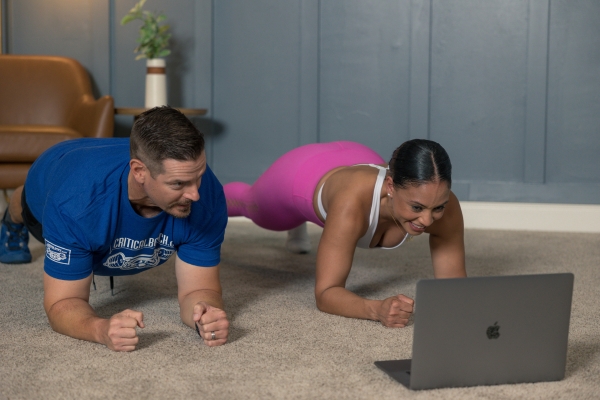
Comparing Static and Dynamic Stretching
Each type of stretching has unique benefits depending on the context.
Dynamic stretching is best for warming up with movement and increasing blood flow, while static stretching helps enhance flexibility and recovery.
Let’s break down which is most suitable for your specific needs.
Warm-Up
Here’s how each type of stretching stacks up in regards to warming up:
Dynamic Stretching
Primarily used as a warm-up, dynamic stretching incorporates movement that replicates the actions of the exercises to come.
This stretching activates and mobilizes key muscle groups while raising heart rate and body temperature.
By increasing blood flow and delivering oxygen to the muscles, dynamic stretching prepares the body for higher-intensity exercise and reduces the risk of injury.
Movements such as leg swings, walking lunges, or torso twists enhance muscle readiness and activate the nervous system.
Static Stretching
Static stretching involves holding a stretch for an extended period and is generally not suitable as a warm-up due to its limited ability to raise body temperature or stimulate muscle activation.
When performed before exercise, static stretching may temporarily reduce muscle power by relaxing muscles too much.
This effect could impede performance in explosive activities such as sprinting or weightlifting.
Flexibility and Recovery
Curious how each type of stretching can improve flexibility and recover? Here’s the breakdown:
Static Stretching
Effective for increasing flexibility over time, static stretching can elongate muscle fibers and improve range of motion.
By holding stretches after exercise, it can help muscles relax and recover from strenuous activity.
Static stretching promotes better flexibility and muscular relaxation, which are crucial for disciplines like gymnastics and yoga.
Post-exercise, static stretching also helps alleviate muscle soreness and tension by gradually releasing built-up stress.
Dynamic Stretching
Dynamic stretching primarily focuses on movement-based flexibility.
By engaging joints and muscles in active ranges of motion, it gradually improves flexibility while increasing muscle control and coordination.
Useful for improving flexibility, dynamic stretching also serves as a dynamic warm-up, making it ideal for preparing muscles for sudden, intense actions required in sports or fitness training.
Specific Training Scenarios
What about specific scenarios that go beyond a basic weight lifting workout?
Here’s how these stretches benefit you:
Dynamic Stretching
Dynamic stretching is best suited for activities demanding explosive movements or agility.
Sports such as basketball, soccer, and weightlifting involve intense and rapid muscle contractions that benefit from the neural priming and blood circulation stimulated by dynamic stretching.
Static Stretching
Static stretching is ideal for activities that require long-term flexibility or encourage relaxation.
Disciplines like yoga, Pilates, and gymnastics benefit from static stretching’s ability to gradually improve flexibility.
It is also suitable for post-exercise cooldowns, offering a gentle way to relax muscles and foster recovery.
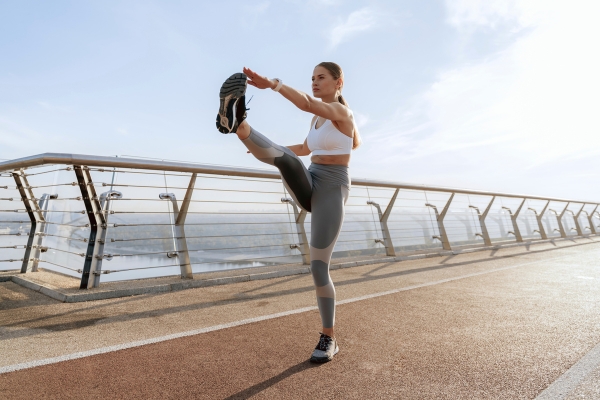
Static vs. Dynamic Stretching: When To Use Each
For those just starting their fitness journey, understanding the best stretching technique to use is crucial.
Here are the basics to understand:
Dynamic stretches are ideal for a warm-up because they help elevate heart rate, increase blood flow to the muscles, and improve mobility, ensuring the body is fully prepared for the workout ahead.
After exercising, static stretches should be incorporated to gently cool down, allowing muscles to recover and relax.
But what about specific fitness goals?
Tailoring Stretching to Fitness Goals
Here’s how to customize your stretching to match your fitness routine and goals:
Dynamic Stretching
Before Cardio: Use dynamic stretches like hip circles or walking lunges to prepare your lower body for repetitive movements such as running or cycling. These stretches will increase blood flow and lubricate joints for sustained cardio sessions.
Before Weightlifting: Incorporate dynamic stretches to engage the joints and muscle groups involved. For instance, shoulder circles or arm swings are excellent for prepping the shoulders for upper-body workouts, while dynamic squats or leg swings prepare the lower body for leg presses or squats.
Before Sports: For sports requiring agility and explosive power, such as soccer, basketball, or tennis, dynamic stretching prepares the muscles for quick starts and stops, jumping, or sudden directional changes.
Static Stretching
Post-Exercise Relaxation: After an intense workout, static stretching is ideal for relieving tension, reducing muscle soreness, and improving blood flow. Hold stretches for at least 15-30 seconds to elongate muscle fibers gradually and encourage muscle relaxation.
Yoga Routines: In yoga, static stretches like the forward fold or pigeon pose encourage long-term flexibility gains while calming the mind. Yoga sessions often use static holds to deeply stretch and relax various muscle groups.
Long-Term Flexibility Goals: If flexibility is your primary objective, static stretching should be integrated consistently into your routine. Aim to hold stretches longer and gradually deepen them over time. Stretching regularly will lead to a noticeable improvement in range of motion, helping you achieve your flexibility goals while reducing the risk of muscle tightness and injury.
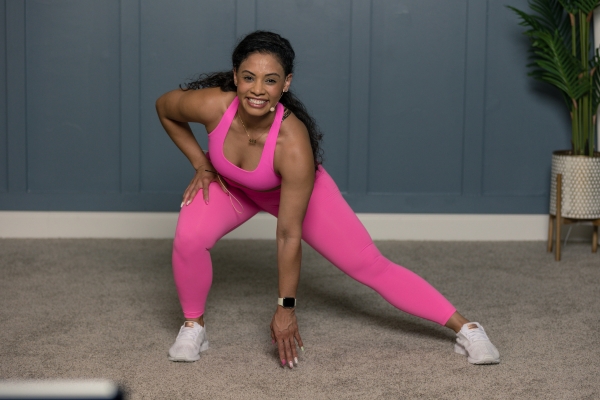
Wrap-Up and Key Points
By incorporating dynamic stretches into your warm-ups and static stretches into your cooldowns, you’ll maximize your workout efficiency, minimize injury risks, and help your body recover more effectively.
But what if there was a way to combine both stretching techniques into a simple, daily routine that could boost your metabolism and improve your flexibility?
Inspired by ancient traditions and refined by modern science, this metabolic yoga routine burns up to 333% more fat than traditional stretches while improving flexibility and strength.
Best of all, it’s designed for all fitness levels and can be done in just 10 minutes a day.
Join over 47,500 people who’ve trimmed inches off their waists and feel more agile than they have in years by trying this Shaolin-inspired metabolic yoga.
Take a step toward flexibility, fitness, and fun today!
Key Points
Static vs. Dynamic Stretching: Both offer unique benefits depending on goals and exercise needs.
Static Stretching: Involves holding a stretch to improve flexibility and relaxation, best for cooldowns and flexibility routines.
Dynamic Stretching: Uses active movements to replicate exercise activities, best for warming up before cardio or sports.
Warm-Up: Dynamic stretching increases blood flow and muscle activation for high-energy workouts.
Recovery: Static stretching relieves tension and improves flexibility post-exercise.
Specific Scenarios: Dynamic stretching suits sports requiring agility, while static stretching fits yoga and relaxation.
Balanced Routine: Combine both stretching techniques to optimize your fitness plan.
References
Freburger JK, Holmes GM, Agans RP, Jackman AM, Darter JD, Wallace AS, Castel LD, Kalsbeek WD, Carey TS. The rising prevalence of chronic low back pain. Arch Intern Med. 2009 Feb 9;169(3):251-8. doi: 10.1001/archinternmed.2008.543. PMID: 19204216; PMCID: PMC4339077. Bryant J, Cooper DJ, Peters DM, Cook MD. The Effects of Static Stretching Intensity on Range of Motion and Strength: A Systematic Review. Journal of Functional Morphology and Kinesiology. 2023; 8(2):37. https://doi.org/10.3390/jfmk8020037 Brodeur ZR, Paustian MJ, Monteleone-Haught DA, Lamm RA, Pagano AG, Ellis CE. The Effects of Static and Dynamic Stretching on Muscle Oxygen Saturation in the Rectus Femoris. Int J Exerc Sci. 2022 May 1;15(3):702-708. PMID: 35991352; PMCID: PMC9365106. Oba K, Ohta M, Mani H, Suzuki T, Ogasawara K, Samukawa M. The Effects of Static Stretching On Dynamic Postural Control During Maximum Forward Leaning Task. J Mot Behav. 2023;55(6):594-602. doi: 10.1080/00222895.2021.1909529. Epub 2021 Jun 21. PMID: 34148509. Iwata M, Yamamoto A, Matsuo S, Hatano G, Miyazaki M, Fukaya T, Fujiwara M, Asai Y, Suzuki S. Dynamic Stretching Has Sustained Effects on Range of Motion and Passive Stiffness of the Hamstring Muscles. J Sports Sci Med. 2019 Feb 11;18(1):13-20. PMID: 30787647; PMCID: PMC6370952. Opplert J, Babault N. Acute Effects of Dynamic Stretching on Muscle Flexibility and Performance: An Analysis of the Current Literature. Sports Med. 2018 Feb;48(2):299-325. doi: 10.1007/s40279-017-0797-9. PMID: 29063454. Page P. Current concepts in muscle stretching for exercise and rehabilitation. Int J Sports Phys Ther. 2012 Feb;7(1):109-19. PMID: 22319684; PMCID: PMC3273886. Behm DG, Alizadeh S, Daneshjoo A, Konrad A. Potential Effects of Dynamic Stretching on Injury Incidence of Athletes: A Narrative Review of Risk Factors. Sports Med. 2023 Jul;53(7):1359-1373. doi: 10.1007/s40279-023-01847-8. Epub 2023 May 10. PMID: 37162736; PMCID: PMC10289929.
Archives of Internal Medicine
Journal of Functional Morphology and Kinesiology
International Journal of Exercise Science
Journal of Motor Behavior
Journal of Sports Science and Medicine
Sports Medicine
International Journal of Sports Physical Therapy
Sports Medicine

